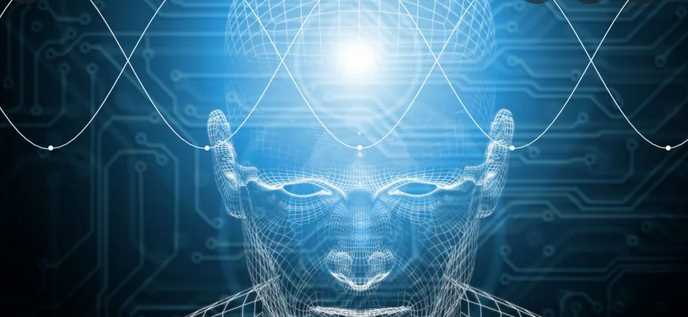Biorhythms are not some mystical concept like astrology or belief in omens. It’s an inherent property of all living things around us. Scientists believe that the very first cell that appeared on Earth was damaged by ultraviolet light during daylight hours and recovered at night. Every organism has its own cycles that help it alternate between activity and recovery phases. Man is no exception. His ability to learn and work faster and more efficiently, to make decisions, to feel the joy of life depends on the observance of biorhythms.
Biological rhythms (biorhythms) are periodic changes in the intensity and character of biological processes, which themselves are maintained and reproduced under any conditions.
Similar to odds at Bet22, biorhythms can be different – from an hour and a half to a year. Diurnal, or circadian, rhythms influence the efficiency of the organism most of all.
Circadian biorhythms are fluctuations of intensity of various biological processes in an organism, connected with the change of day and night.
The history of the study of circadian rhythms began in 1729, when the French astronomer Jean-Jacques de Meran, noticing the daily movement of leaves in the mimosa was shameful, suggested that the plant has its own mechanism, similar to the sleep and wakefulness cycle in humans.
Since then, circadian rhythms have been extensively studied: scientists have crossed plants to study the genes responsible for the formation of circadian rhythms, analyzed animal behavior, and experimented with humans.
In 2017, the discovery of the molecular mechanisms that control the circadian rhythm was awarded the Nobel Prize by a group of scientists (Jeffrey Hall, Michael Rosbash and Michael Young), which once again underscores the importance of studying biorhythms.
Here are just a few scientific facts about biological rhythms that are important for our topic:
- Features of circadian rhythms are determined by heredity and are transmitted at the genetic level.
- Light is the most effective signal that maintains the balance of circadian rhythms. Special cells in the human retina, responding to light, send a signal directly to the suprachiasmatic nucleus, the center of control of circadian rhythms in the human body.
- Even in the absence of natural light the circadian cycles in the human body are preserved. In an experiment where people were isolated from natural light and clocks, they developed a 25-hour circadian rhythm.
- Using artificial light increases the circadian rhythm. In that very experiment, the shift to a 25-hour circadian rhythm was due to the fact that people could use artificial light at will. The corrected circadian rhythm was 24 hours and 11 minutes.
What Happens When Circadian Rhythms Are Disrupted
With frequent changes in time zones and, as a consequence, the regime of the day, there can be jetlag – “misalignment” of circadian rhythms. Jetlag is accompanied by insomnia, apathy, fatigue and depression.
Other disorders related to circadian rhythms include so-called “weekend insomnia”, sleep delay syndrome, and irregular rhythms of sleep and wakefulness. Each of these sleep disorders can undermine mental balance and performance.
Effects of Biorhythms on Performance
Individual characteristics of daily biorhythms are called a person’s chronotype. We know of three chronotypes: “owls, larks and doves. And scientists distinguish as many as seven chronotypes, but for convenience they are combined into these three groups:
- The early chronotype (“larks”) prefer an early rise (4-6 am). Wake up easily, are most active and efficient in the morning, but quickly get tired in the evening, sleepiness sets in at 20-22 hours. They adapt poorly to changes in the daily routine.
- The medium chronotype (“pigeons”) awaken from 6 to 8 a.m., start pecking their noses from 22 to 24. Their activity peaks are observed from 10 to 12 and from 16 to 18, and their capacity for work drops at lunchtime.
- The late chronotype (“owls”) wake up from 8 to 10 a.m. and go to bed after 24 hours. Most active in the evening and at night, with poor performance in the morning.
Changes in performance in different chronotypes are associated with changes in the levels of hormones – serotonin, melatonin and cortisol. For example, melatonin levels in “skylarks” fall in the evening, while in “owls”, on the contrary, they are at their peak.
